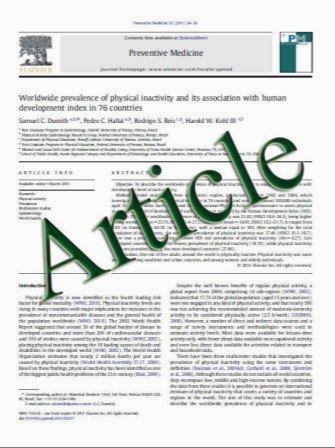Cognitive and social functioning in children and adolescents after the removal of craniopharyngioma
- نوع فایل : کتاب
- زبان : انگلیسی
- مؤلف : Agnieszka Ondruch & Agnieszka Maryniak & Tomasz Kropiwnicki & Marcin Roszkowski & Pawe³ Daszkiewicz
- چاپ و سال / کشور: 2010
Description
Purpose The aim of this study is to assess cognitive, emotional and social functioning in children and adolescents after the removal of craniopharyngioma. Methods Twenty-seven children operated for craniopharyngioma and their parents participated in the study. Cognitive functions were assessed with WISC-R/WAIS-RPL and Rey–Osterrieth Complex Figure Test. Parents completed Achenbach’s Child Behaviour Checklist (CBCL) questionnaires on problems in functioning and psychopathological symptoms and took part in an interview on children coping in everyday life. Results Eighty-two percent of patients were diagnosed with an average level of intellectual functioning. No child received results indicating mental disability. In half of the children, effectiveness of visual memory was reduced, despite normal visual–spatial abilities. The results in the CBCL scale indicated more frequent presence of psychopathological symptoms—especially social problems, depression, anxiety and withdrawal. The most frequent problems in children’s everyday functioning included inability to control emotions, difficulties in learning, unsatisfactory peer relationships, and unattractive appearance resulting from hormonal disorders (short height and obesity). One third of parents also reported problems with pathological appetite in their children. Conclusions Despite normal intellectual abilities and relatively good physical condition, children after removal of craniopharyngioma experience many difficulties in everyday life regarding social relationships, emotion control and learning. The analogy between the above-mentioned symptoms and symptoms observed in patients after infantile damage in the frontal area leads to an observation that, apart from endocrine disorders, damage to the frontal lobe caused by the growth of tumour and operational intervention is of crucial importance to the further development of children with craniopharyngioma.
Childs Nerv Syst (2011) 27:391–397 DOI 10.1007/s00381-010-1301-0 Received: 7 July 2010 / Accepted: 28 September 2010 / Published online: 8 October 2010


